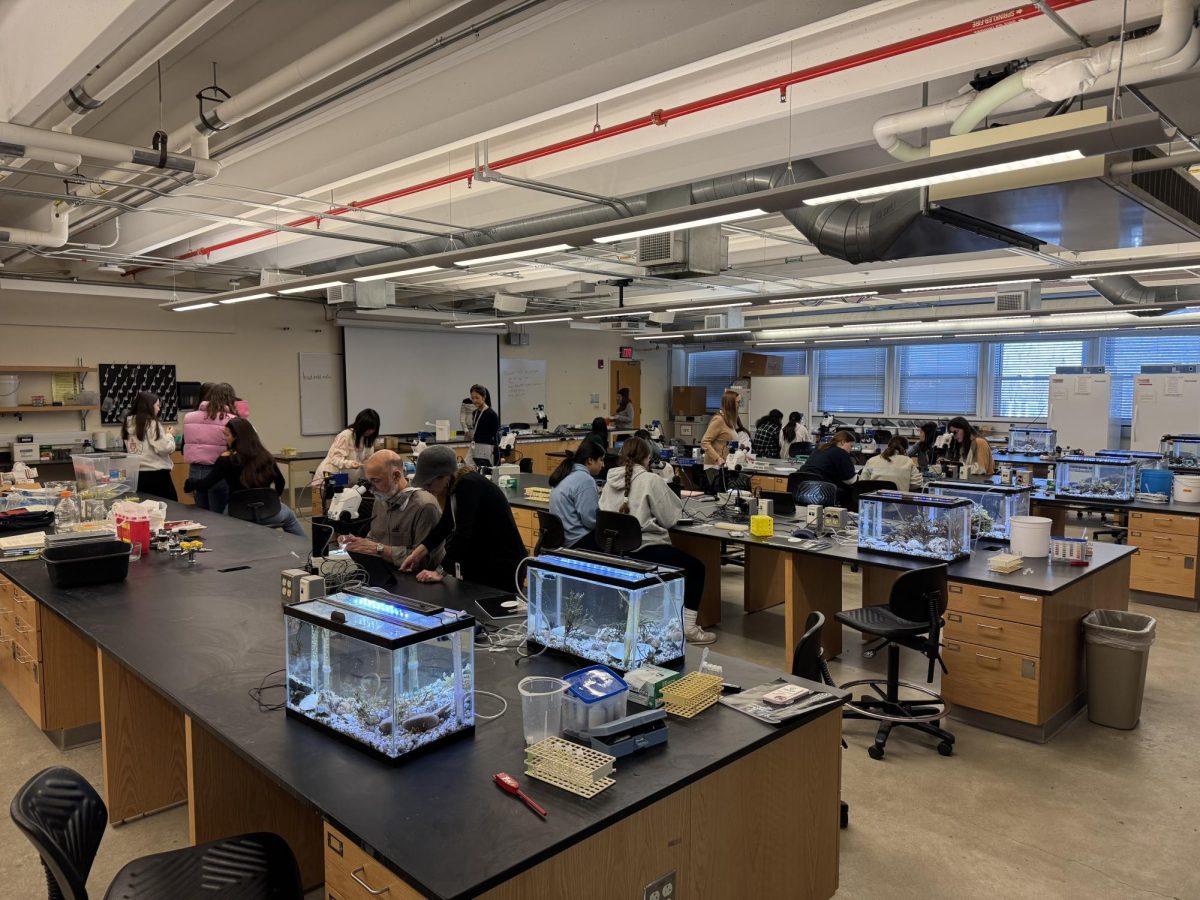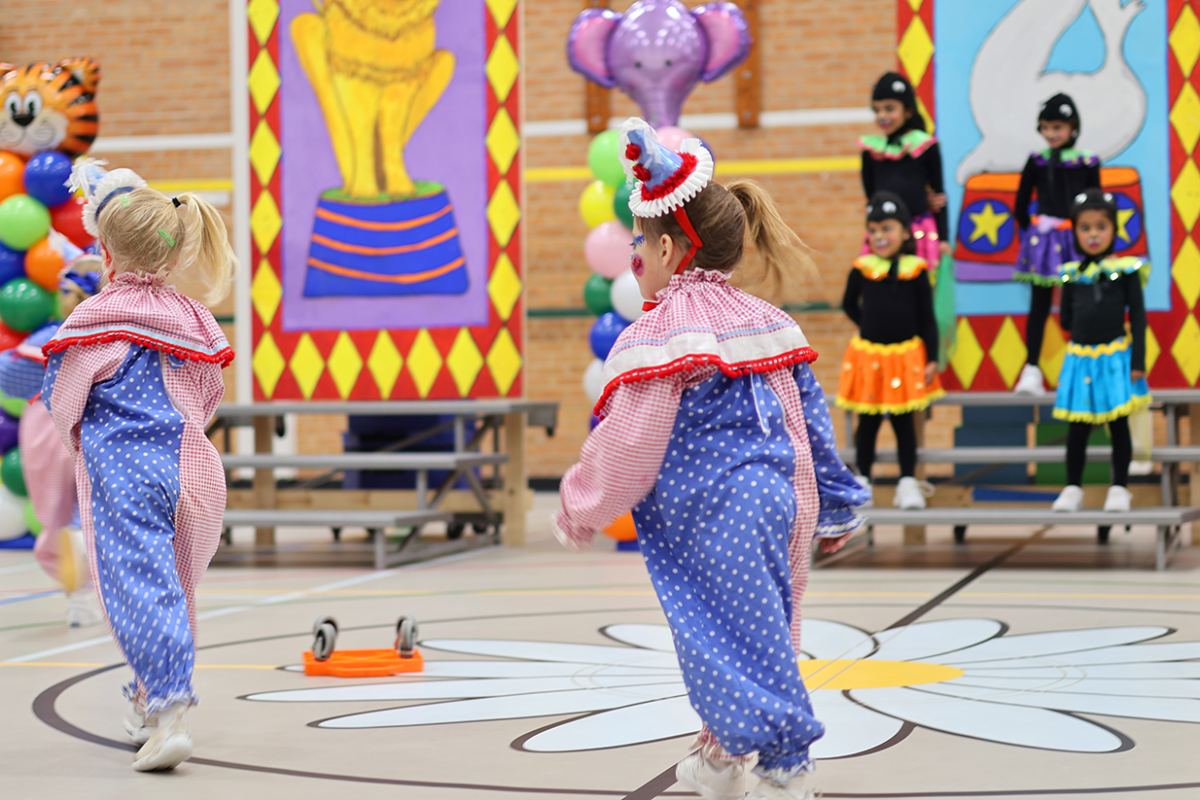Transitioning to the whopping 100-minute classes seemed like an absolute death sentence last year when the announcement was first made. However, after just a few rotations this year, 100 minutes doesn’t feel that much longer than the 75 we’ve been used to. In fact, it has been nice having some extra time at the end of class to connect with teachers or classmates or to ask a few final questions instead of rushing to get to the next class.
Though I know we are all busier than ever, the pace feels a little less frenzied in the hallways. I don’t feel like I’m always sprinting from one class to another like I did last year. The precious few extra minutes to rub the sleep out of my eyes before the first class of the morning or to reset after a particularly hard test from a previous period has certainly been a plus.
I’ve also heard several positive things from teachers about the new schedule. The science teachers have appreciated being able to execute more in-depth lab sessions. Some teachers also mentioned that the extra 25 minutes allows them to explain difficult topics more thoroughly or work with students on an individual basis without having to make a separate appointment. For students with accommodations, the 100-minute stretch has also helped to administer assessments continuously without having to break up tests into two periods or two separate days.
I have noticed more in-class writing time in my English and History classes, which has lightened the homework load from late-night papers. Although I feel I still have just as much studying to do after school, the time I do have can be spent studying rather than finishing up homework assignments. If all teachers begin to implement this and are present to answer questions, it’s a win-win situation and I think more students will appreciate that.
I believe the 100 minutes will feel physiologically more normal over time as we acclimate to the schedule. I recently learned that our attention spans follow a predictable “ultradian rhythm,” similar to the normal circadian rhythm we experience over the course of day and night. Interestingly, the ultradian rhythm peaks and wanes over approximately 90-100 minutes. Having this amount of time without interruptions can increase more focus during the “on” periods if they are interspaced with intentional, mindful rest periods.
Most courses have already varied the agenda of their classes to enhance the collaborative, kinetic, and hands-on components of their class time. There is much potential to build on that. I know our school administration has gone to great lengths to consult formal research and expertise on the matter – now it’s up to us to approach it with open minds and voice constructive feedback as time allows.







